Granny Smith Apple Tree
- October 3, 2023
- 0 comment
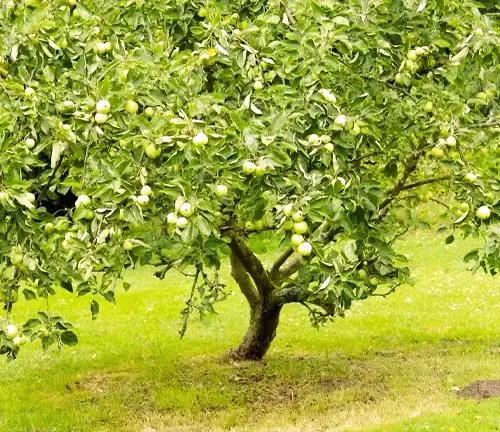
The Granny Smith apple tree Malus domestica ‘Granny Smith‘, a horticultural gem originating in Australia in the 19th century and named after Maria Ann Smith, presents a distinctive and enduring presence in orchards worldwide. Characterized by its medium to large size and robust growth, the tree exhibits adaptability to diverse climates and soil types.
In the spring, it adorns itself with fragrant white or pink blossoms, setting the stage for the development of its signature green apples, which mature into a vibrant harvest in late autumn. The apples, celebrated for their crisp texture and invigorating tartness, have become synonymous with versatility in culinary applications.

Whether savored fresh for a satisfying, brisk crunch or utilized in cooking and baking, Granny Smith apples add a zesty and invigorating dimension to a diverse array of dishes. From classic apple pies and crisps that highlight their robust flavor to refreshing salads where their crispness is showcased, and even in sauces that benefit from their unique tart notes, the Granny Smith variety has become a culinary cornerstone.
| Characteristics | Description |
| Scientific Name | Malus domestica ‘Granny Smith’ |
| Mature Height | 10 to 20 feet |
| Growth Rate | Moderate to fast |
| Shape | Upright and spreading |
| Blossom Color | White to pale pink |
| Blossom Season | Spring |
| Pollination | Requires cross-pollination with another apple tree for optimal fruit production |
| Harvest Season | Late autumn |
| Sunlight | Full sun (6-8 hours of direct sunlight daily) |
| Hardiness Zones | USDA Zones 5 to 8 (may vary slightly depending on specific cultivar and local conditions) |
| Soil Requirements | Well-drained, loamy soil with a pH between 6.0 and 7.0 |
A Brief History

The tale of the Granny Smith apple tree begins in Australia during the mid-1800s. Named after the fortunate Maria Ann Smith, who stumbled upon this unique apple variety, the tree’s roots are steeped in history. Maria’s serendipitous discovery of a chance seedling set the stage for the worldwide appreciation of the Granny Smith apple, showcasing the powerful connection between human curiosity and horticultural marvels.
Color/Appearance
One of the most distinguishing features of the Granny Smith apple tree is the bright green hue of its fruit. The crisp, vibrant apples that hang from its branches like emerald jewels have become iconic. This distinct color and appearance have made Granny Smith apples instantly recognizable and highly sought after in markets worldwide.
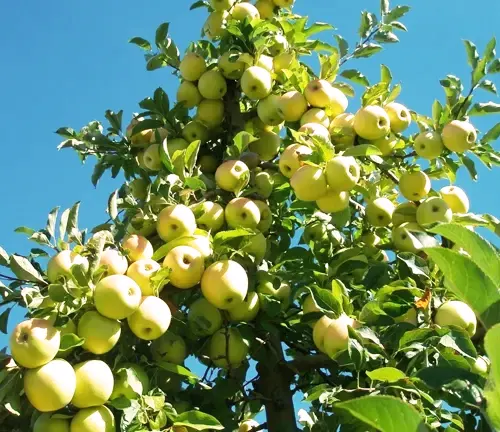
Life Cycle
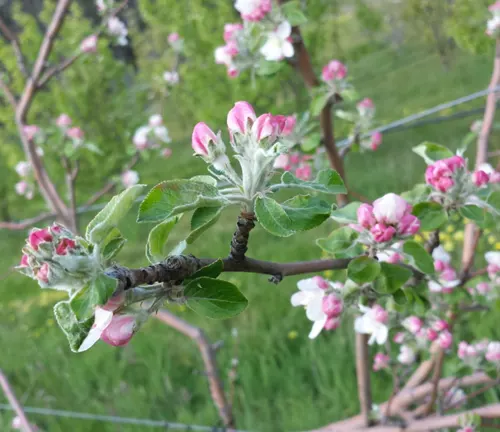
The life cycle of the Granny Smith apple tree is a testament to its enduring nature. It begins with the blossoming of fragrant white or pink flowers in the spring, a mesmerizing sight in orchards. These blossoms eventually transform into the crisp green apples that mature during late autumn. With proper care, these trees can produce fruit for several decades, offering a consistent source of delight.
Adaptability and Resilience
One of the Granny Smith apple tree’s remarkable traits is its adaptability. This tree thrives in various climates and soil types, showcasing resilience against adverse conditions. This adaptability has made it a preferred choice for orchard growers and home gardeners alike, as it can flourish in a wide range of environments.
Ecological Importance
Beyond its delectable fruit, the Granny Smith apple tree holds ecological significance. Its blossoms provide nectar for pollinators like bees, aiding in the reproduction of various plant species. Furthermore, its presence in orchards contributes to biodiversity, making it an essential component of healthy ecosystems.
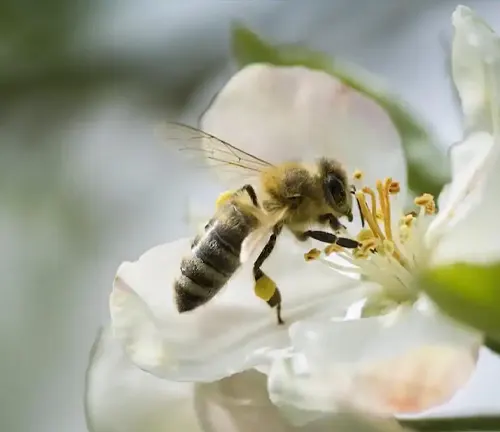
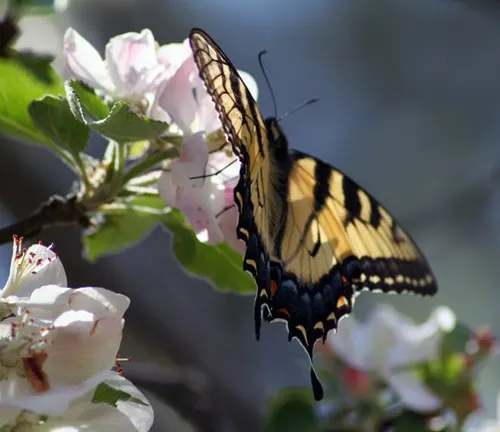
Culinary Applications

The Granny Smith apple’s tart flavor and crisp texture have made it a versatile favorite in kitchens worldwide. From classic apple pies to refreshing salads, and even sauces and cider-making, its culinary applications are endless. Its tangy notes add depth and character to a wide array of dishes, both sweet and savory.
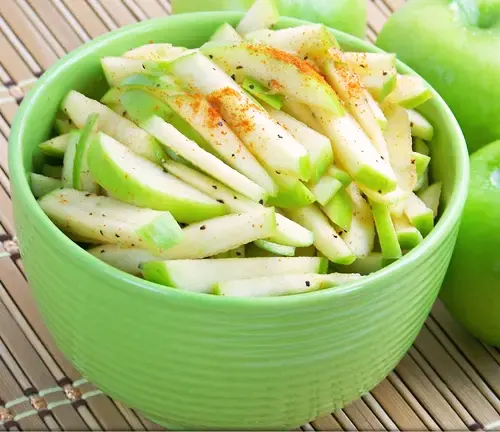
Wood Products and Applications
While primarily known for its fruit, the Granny Smith apple tree’s wood has applications too. It’s used in crafting, furniture making, and even for smoking meats, offering a unique combination of utility and character that extends beyond the orchard.


Cultivation and Care
Successfully cultivating a Granny Smith apple tree requires attention to certain factors. From soil requirements to pruning techniques and pest management, understanding the nuances of care is essential for a bountiful harvest. We’ll explore tips and best practices for nurturing these trees to ensure their longevity and productivity.
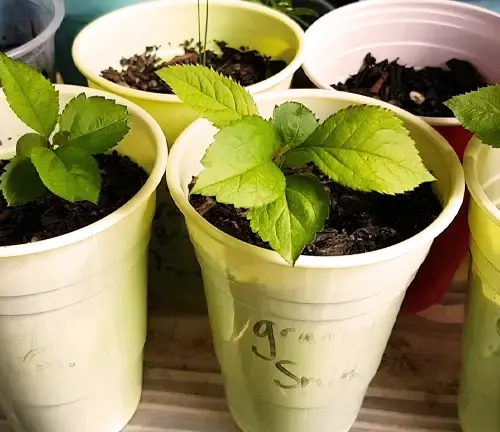
Benefits
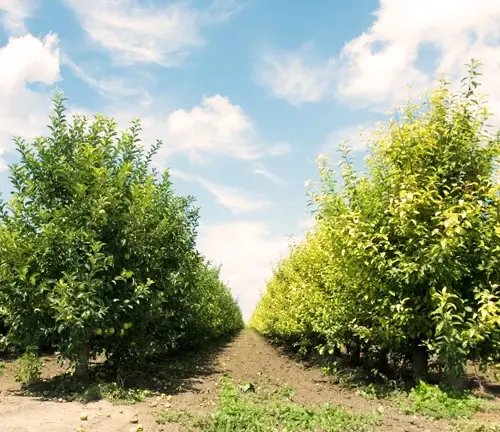
The benefits of the Granny Smith apple tree are manifold. It enriches our lives with its delightful fruit, contributes to ecological diversity, and enhances our culinary experiences. Whether you’re a gardener, a chef, or simply an apple enthusiast, the Granny Smith tree offers a world of benefits that continue to enrich our lives in myriad ways.
Conclusion
The Granny Smith apple tree, with its storied past, distinctive appearance, and multifaceted contributions to our lives, remains a cherished presence in orchards and gardens worldwide. Its ability to adapt, its ecological importance, and its culinary versatility all underscore its enduring appeal. As we continue to enjoy the tart and crisp pleasures it brings, we celebrate not just a tree but a living testament to the intersection of history, nature, and human ingenuity.
Frequently Asked Questions (FAQs)
- Why are Granny Smith apples green when most other apples are red or yellow?
Granny Smith apples have their distinctive green color due to a higher concentration of chlorophyll in their skin. This chlorophyll persists even as the apples ripen, giving them their characteristic hue. - Can you make cider from Granny Smith apples?
Yes, Granny Smith apples are excellent for making cider. Their tartness and balanced sugar levels create a refreshing and tangy cider, offering a unique flavor profile compared to ciders made from sweeter apple varieties. - Do Granny Smith apple trees require a specific type of pollinator?
Yes, Granny Smith apple trees are partially self-sterile, meaning they benefit from cross-pollination with another apple tree for optimal fruit production. It’s advisable to plant a different apple variety nearby to ensure good pollination. - What makes the Granny Smith apple tree a good choice for espalier training?
Granny Smith apple trees’ naturally upright and spreading growth habit makes them ideal candidates for espalier training. Their vigorous growth allows for creating attractive and space-efficient espalier designs along walls or fences. - Are there any unique pests or diseases that affect Granny Smith apple trees?
While Granny Smith apple trees are relatively disease-resistant, they can still be susceptible to common apple tree pests and diseases like apple scab, powdery mildew, and aphids. Regular monitoring and appropriate pest management practices are essential for maintaining their health.



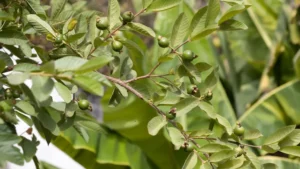
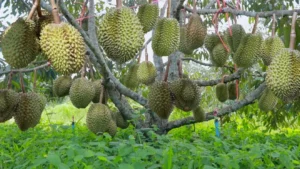
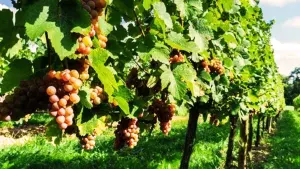
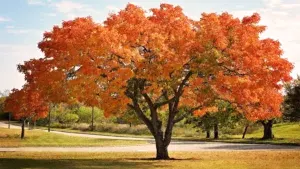
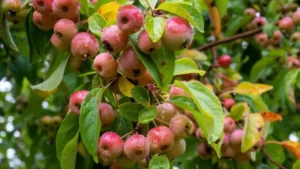
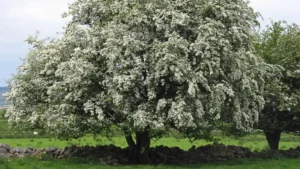
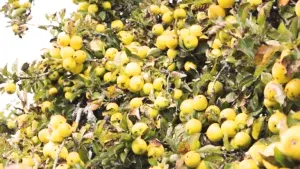
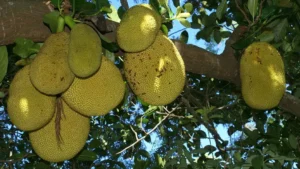
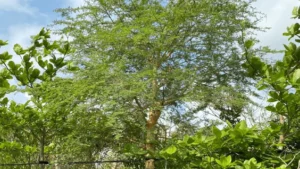


Leave your comment